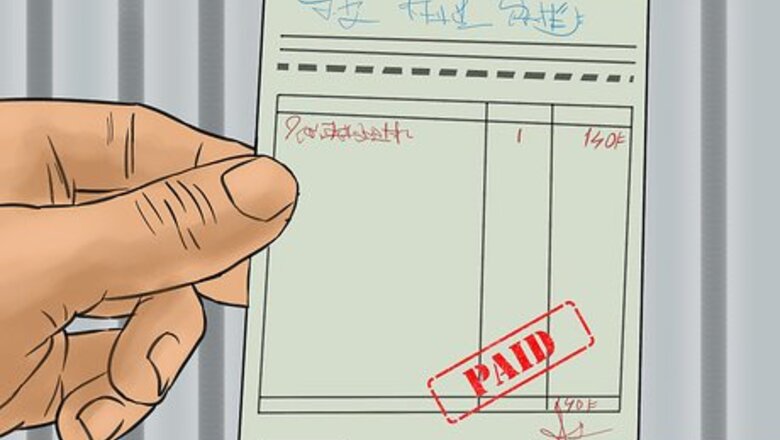
views
Gathering Required Information

Find your receipt. You will need your receipt/invoice to return the item. Go through your purse or wallet to find the receipt. You should also check your email account, since the receipt could have been sent to you electronically. It may be in the bag, which you might have thrown in the trash. Go through to find the bag. If you don’t have the refund, it may be harder to return. However, some stores will refund without a receipt if the item didn’t cost much. Alternately, others will give you a replacement or store credit (but not a cash refund).
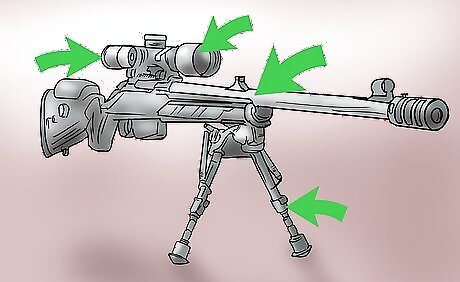
Collect all parts or accessories. You want to return everything that came with the item—packaging, accessories, parts, etc. Find everything and put it in the original box so that you will have it all when you return to the store. If only one part is broke, you still might want to take the entire item to the store and get the entire product replaced.
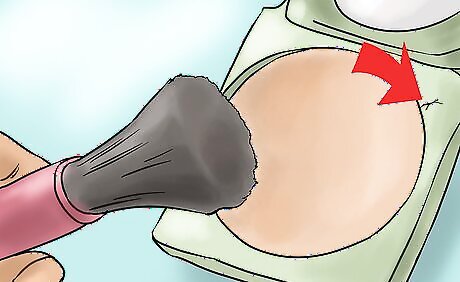
Identify why you want to return the item. Before heading back to the shop, you should know why you want to return the item. This will matter to the shop, so identify the reason before returning to the store. Common reasons for returns are: It isn’t what you need. Sometimes, we buy the wrong item. For example, you might have bought an electric cord which doesn’t work with your TV. You’ll probably want to return the item and get something different. You just want a refund. Maybe you regret the purchase or realize you don’t need the item. You’ll probably want a full refund. It doesn’t work. If the item doesn’t work as expected or as promised, you can return for a refund or to replace it.
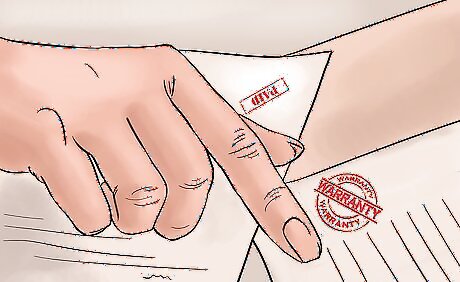
Find your warranty. Warranties are usually sold for expensive items like electronics. However, everything you buy comes with “implied” warranties in the United States. These warranties are automatically created by law. If an item violates an implied warranty, the store cannot refuse to take the item back. For example, every sale carries an “implied warranty of merchantability.” This is a promise that the product will work as you expect it to, given its condition and age. If you buy a toaster and it catches on fire, then it has not worked as you would expect a toaster to. There is also an “implied warranty of fitness.” This warranty applies when you buy something for a specific purpose. For example, you might need a blender that can crush ice. If a sales associate helps you find one for that purpose, then the blender comes with a warranty that it will crush ice. In most states, these implied warranties last for four years. However, in some states, they will last longer. The seller might eliminate these implied warranties by including language that the product was sold “as is.” Look at your receipt and the packaging. Nevertheless, in some states, even the inclusion of “as is” language can’t eliminate implied warranties.
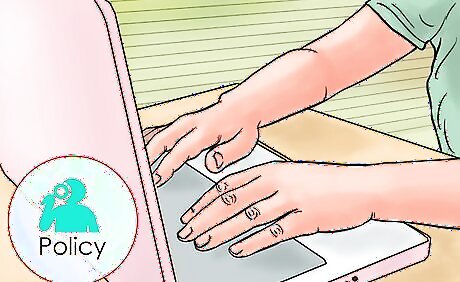
Research return policies online. Check to see if the shop has a website. The website might explain the return policy in greater detail. Find the website and read up on what you need to do. The website might tell you whether you can ship the item back, which you might prefer as an option. The website should tell you which steps to take.
Returning the Item
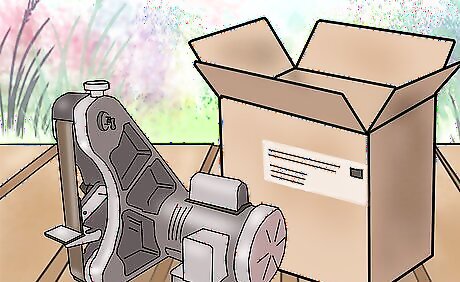
Ship the item to the manufacturer, if necessary. You might need to send the item to the manufacturer, especially if the item is defective but covered by the warranty. Check your written warranty to see where you should ship it. Remember to pack the item securely so that it doesn't break while being delivered. Ideally, you should call ahead of time and ask for specific directions. For example, the manufacturer might send you a form to fill out to include with the item.

Tell the clerk you want to return the item. Smile and say, “Hi, I want to return this item which I bought last week.” Show the clerk the item and your receipt. Don’t delay returning the item. Some stores allow returns but only for a certain amount of time. For example, many stores only allow returns within 14 days of the purchase.
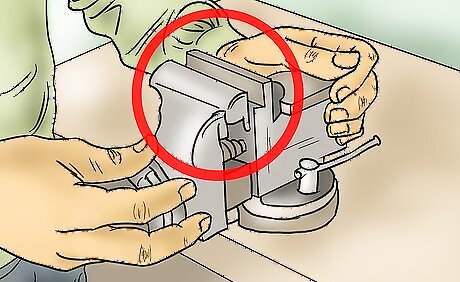
Explain what is wrong. If the item doesn’t work, explain why. For example, you could say, “The laptop won’t turn on. See? I press the button but the screen is blank.” Always keep your reason for returning the item short. The longer your reason, the more suspicious you appear. Believe it or not, sometimes nothing is wrong with the item. Instead, you may be using it wrong. If so, the clerk can show you how to use it properly.
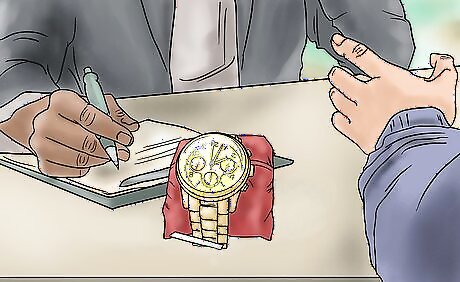
Say what you want. Stores have different rules about what you can get when you return an item. Some stores will issue a full refund. However, others might only let you swap the item or issue store credit. State clearly what you prefer. For example, you can say, “I’d like to swap this item with another if one is available. If not, I’ll take a cash refund.”

Answer any questions. If you don’t have the receipt, the clerk might have questions for you. Answer all questions politely and completely. Remember to remain friendly. You are more likely to get what you want that way. The store might have a return limit. For example, they might allow only $500 worth of returns in a 12-month period. Be prepared to talk about other returns you have made.

Complain if you are unhappy. Ask to speak to a manager if the sales clerk won’t take the item back. Calmly say, “Is there someone else I can speak with?” Work your way up the chain of command. If the store manager won’t help you, ask who else you can speak to. You may have to write a letter to corporate headquarters. You can find sample letters online.
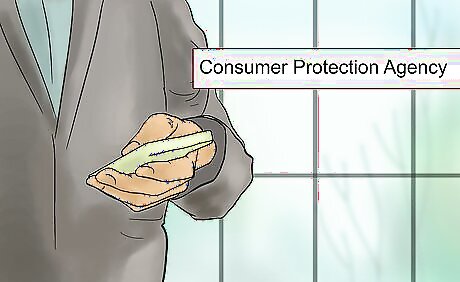
File a consumer complaint. If you strike out at the store, you may want to complain to a government agency. The agency will depend on where you live. In the U.S., look for a local consumer protection agency by searching online or looking in your telephone book. You can also find a list here: https://www.usa.gov/state-consumer. Click on your state. You can also complain to the Better Business Bureau for the city where the shop is located. Also file a complaint with the BBB where the company has its national headquarters.

















Comments
0 comment